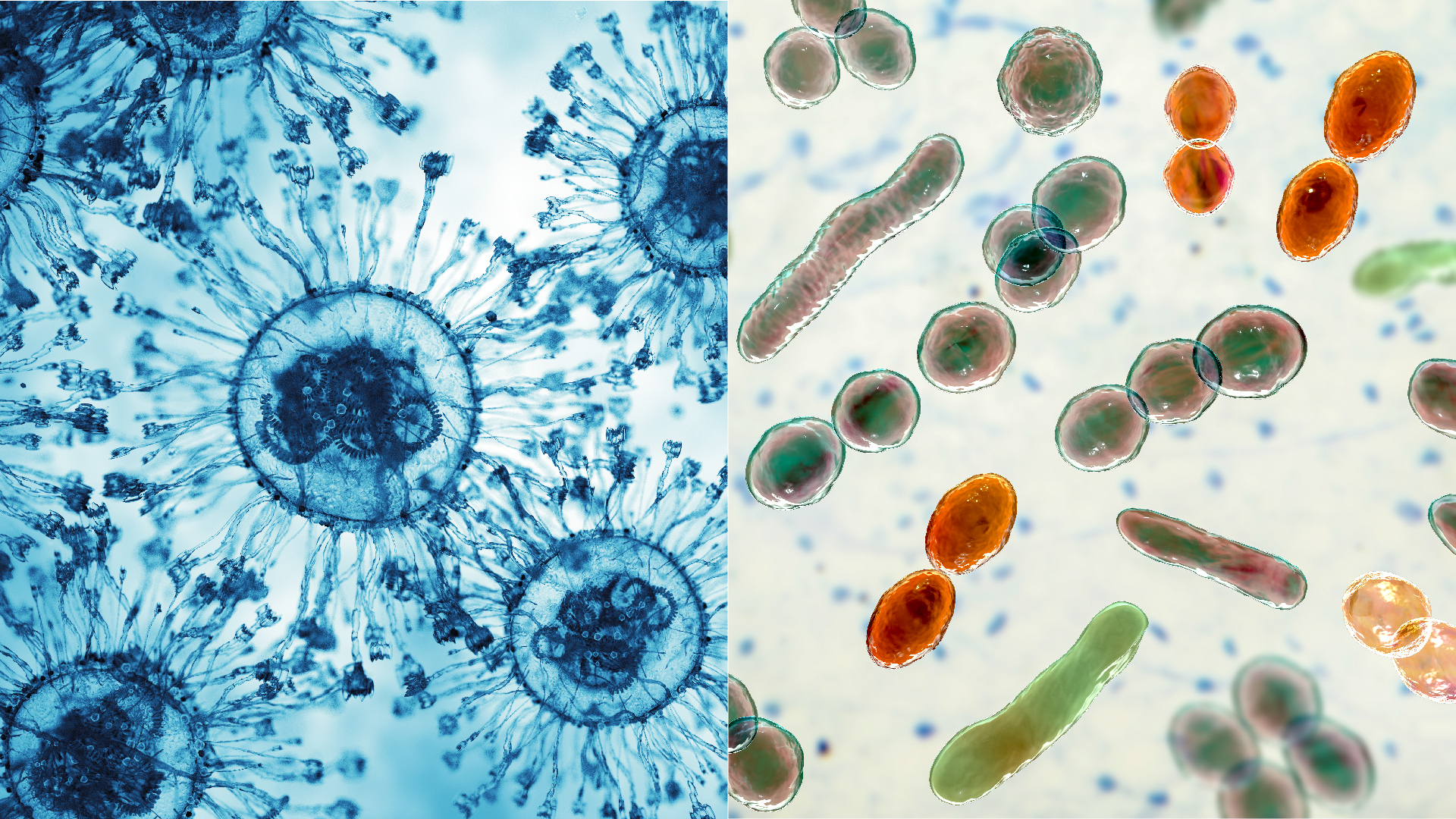Biomedicines, Vol. 12, Pages 2379: High-Definition Trans-Spinal Current Stimulation Improves Balance and Somatosensory Control: A Randomised, Placebo-Controlled Trial
Biomedicines doi: 10.3390/biomedicines12102379
Authors: Teni Steingräber Leon von Grönheim Michel Klemm Jan Straub Lea Sasse Jitka Veldema
Objectives: To investigate and compare the effects of three different high-definition (HD) non-invasive current stimulation (NICS) protocols on the spinal cord on support balance and somatosensory abilities in healthy young people. Methods: Fifty-eight students were enrolled in this crossover study. All participants underwent application of (i) 1.5 mA anodal high-definition trans spinal direct current stimulation (HD-tsDCS), (ii) 1.5 mA cathodal HD-tsDCS, (iii) 1.5 mA high-definition trans spinal alternating current stimulation (HD-tsACS), and (iv) sham HD-tsDCS/ACS over the eighth thoracic vertebra in a randomised order. Balance (Y Balance test), deep sensitivity (Tuning Fork Test), and superficial sensitivity (Monofilament Test) of the lower limbs were tested immediately before and after each intervention. Results: Balance ability improved significantly following anodal HD-tsDCS and HD-tsACS compared with that following sham HD-tsDCS/ACS. Similarly, deep sensitivity increased significantly with anodal HD-tsDCS and HD-tsACS compared to that with sham HD-tsDCS/ACS and cathodal HD-tsDCS. Furthermore, superficial sensitivity improved significantly following anodal HD-tsDCS compared with that after HD-tsACS and cathodal HD-tsDCS. Conclusions: Our data show that HD-tsNICS effectively modulates the balance and somatosensory control of the lower limbs. Several diseases are associated with illness-induced changes in the spinal network in parallel with sensorimotor disabilities. Non-invasive spinal modulation may be a favourable alternative to conventional brain applications in rehabilitation. Future studies should therefore investigate these promising approaches among cohorts of patients with disabilities.

 10 hours ago
10
10 hours ago
10


